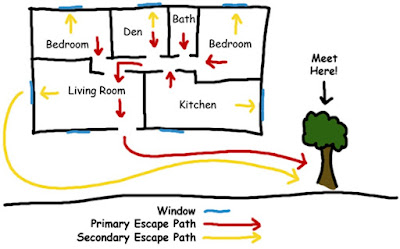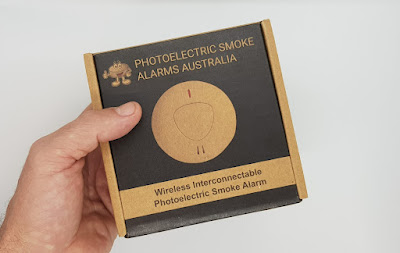Queensland Summer Safety and your Interconnected Smoke Alarms

In January and February Queensland's intense summer weather brings not only the potential for fires but also the heightened risk of floods from severe storms and rain events. In this battle against nature’s variable weather extremes, interconnected smoke alarms can emerge as unsung heroes, providing crucial early warnings that can make all the difference in a house fire.. The Role of Interconnected Smoke Alarms: Photoelectric smoke detectors are indispensable when it comes to preventing and mitigating house fires. Queensland regulations have begun mandating the installation of interconnected photoelectric smoke alarms in homes since 2017. By 1 st Jan 2027 this will be become compulsory by law for all QLD homes, including for owner occupiers. Interconnected photoelectric smoke detectors (such as Red smoke alarms model R10RF ) are designed to detect smouldering fires early on, giving residents the vital time needed for evacuation or intervention. Reg...









